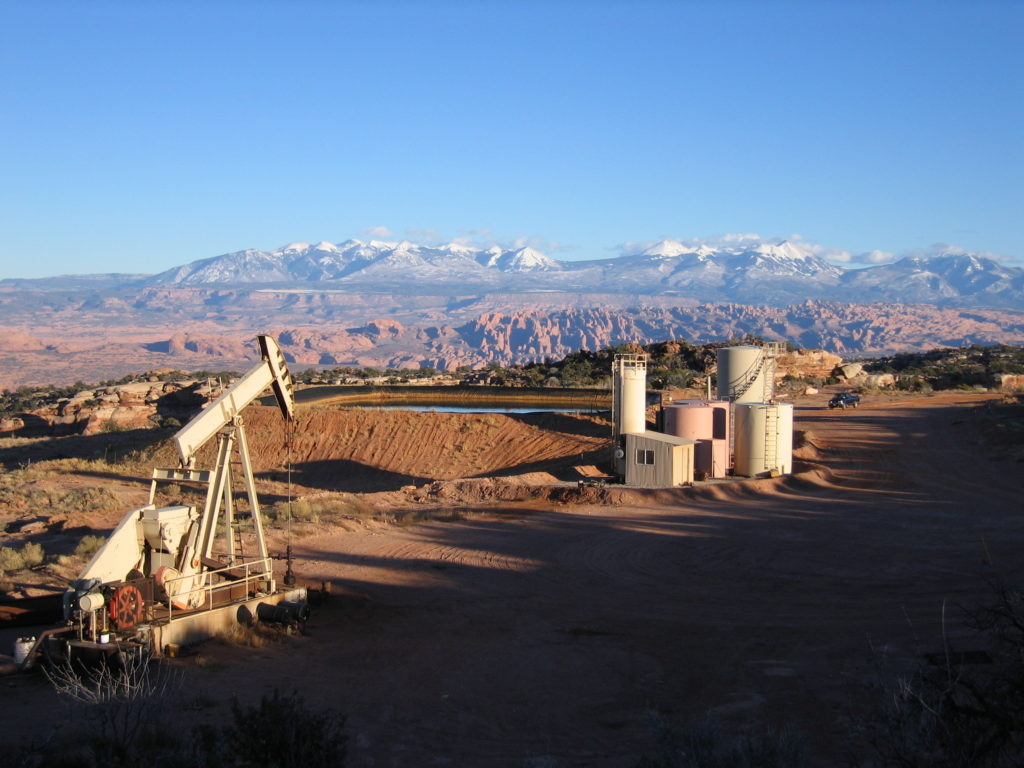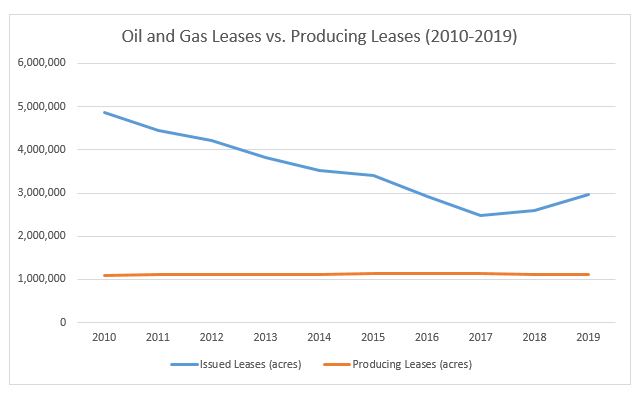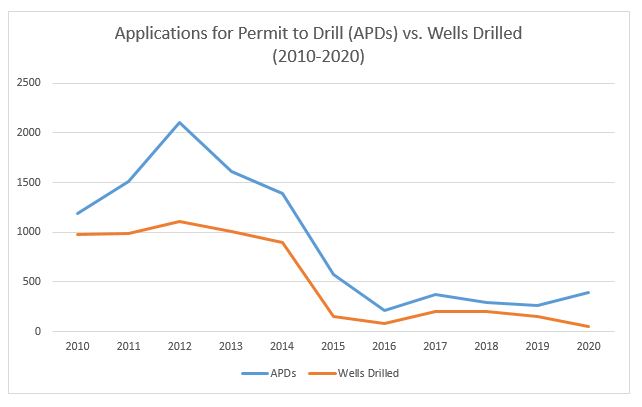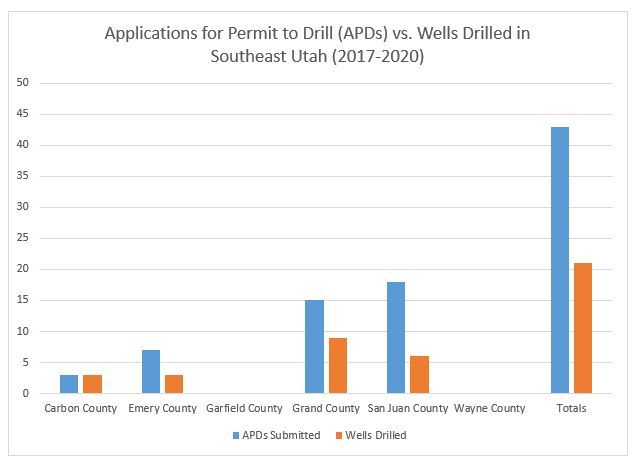
Utah Governor Cox joined by other GOP Governors and pro-pollution groups such as the Western Energy Alliance (WEA) are engaged in an aggressive misinformation campaign against President Biden’s recent Executive Order pausing new oil and gas leasing on public lands to address the “profound climate crisis.” Among other untruths, the governors have argued—wrongly—that Biden’s Executive Order “bans new oil and gas development on federal lands,” and WEA argues that the Order is “bad policy for reducing greenhouse gas emissions,” and will result in billions of dollars of lost revenue.
Here are the facts about oil and gas leasing and development on the western public lands:
- The Executive Order does not ban new oil and gas development on existing leases. Instead, it states that “[t]o the extent consistent with applicable law, the Secretary of the Interior shall pause new oil and natural gas leases on public lands. . . .” (emphases added). The Order pauses new leasing, not development on existing leases. It does not limit oil and gas operators’ ability to develop their thousands of stockpiled leases—across the western public lands—the majority of which are sitting idle.
- Oil and gas operators have thousands of leases, consisting of millions of acres of public lands that have not been developed. In other words, operators are not even developing the majority of leases they have already acquired. In Utah, for example, the Bureau of Land Management (BLM) reports that there are 2,975,000 acres of existing leases across the state but that only 1,102,000 acres are currently in production—that is, sixty-three percent of the existing leases are sitting idle.[1]

- Oil and gas operators across the West are sitting on almost 10,000 unused drilling permits. In Utah, the pace of new drilling has come to a near standstill and operators only develop approximately half of the permits that are approved. The Utah Division of Oil, Gas and Mining reports, for example, that in 2019 operators applied for 263 permits (down from more than 2,000 only a few years prior) but during that same period drilled only 154 wells (down from more than 1,100 only a few years prior). Moreover, Baker Hughes reports that as of February 19, 2021, there are only three active drill rigs in the entire state of Utah (a more than ninety percent decline from a few years ago).[2] These changes are market-driven and occurred during the Trump administration.

- The pause on new leasing will not have a significant impact on rural Utah counties energy production bottom line—many of which see little, if any, drilling and exploration. In fact, during the four years of the Trump administration’s so-called “energy dominance” agenda, operators applied for only 43 drilling permits and drilled only 21 wells in southeastern Utah—an area encompassing more than 16 million acres of land.[3]

- The oil and gas industry has little interest in leasing and development in Utah. In fact, the demand for new oil and gas leasing is so low that the Utah School and Institutional Trust Lands Administration (SITLA) has cancelled several past and upcoming auctions. SITLA leasing is not affected by Biden’s Executive Order.
- In 2020, the BLM issued only seventeen leases in 2020, covering 11,045 acres. In total, the high bidders paid just $51,617 to acquire these leases.
- Due to outdated laws, speculators can acquire oil and gas leases for ten-year periods for as little as $1.50 per acre—a broken process that generates little revenue for the state (none of which goes directly to fund public education). In Utah, fourteen of the seventeen leases issued by the BLM in 2020 sold for the minimum amount per acre (82 percent).
- Based on the above discussed leasing data, the Salt Lake Tribune reported that Trump’s four-year “energy dominance” agenda had very little economic benefit in Utah.
And here are the facts about how fossil fuel development is driving the Climate Crisis:
- The Climate Crisis is being driven in large part by the Bureau’s oil and gas leasing program. According to the most recent data available from the United States Geological Survey, “[n]ationwide emissions from fossil fuels produced on Federal lands in 2014 were 1,279.0 million metric tons of carbon dioxide equivalent (MMT CO2 Eq.) for carbon dioxide, 47.6 MMT CO2 Eq. for methane . . . and 5.5 MMT CO2 Eq. for nitrous oxide.” These emissions totals represent “23.7 percent of national emissions for [carbon dioxide], 7.3 percent for [methane], and 1.5 percent for [nitrous oxide] over” a ten year period.
- Public lands—if left intact and protected from the threats of oil and gas leasing and development—can mitigate the worst effects of climate change. In a recent report, it is estimated that passage of America’s Red Rock Wilderness Act would permanently keep in the ground greenhouse gas emissions equal to 5.7 percent of the carbon budget necessary to limit warming to 1.5 degrees. These same lands are estimated to currently sequester and store 247 million metric tons of organic carbon.
[1] Data available on BLM’s Oil and Gas Statistics website (follow hyperlinks for Tables 2 and 6), https://www.blm.gov/programs/energy-and-minerals/oil-and-gas/oil-and-gas-statistics.
[2] Follow hyperlink for “Rigs by State – Current and Historical.”
[3] There are only two oil and gas producing counties of any particular importance in Utah: Duchesne and Uintah. In these northeastern Utah counties, operators applied for 1,257 drilling permits from 2017-2020 (the “energy dominance” years). However, consistent with their established pattern and practice, less than half of the approved permits were ever drilled (567).

